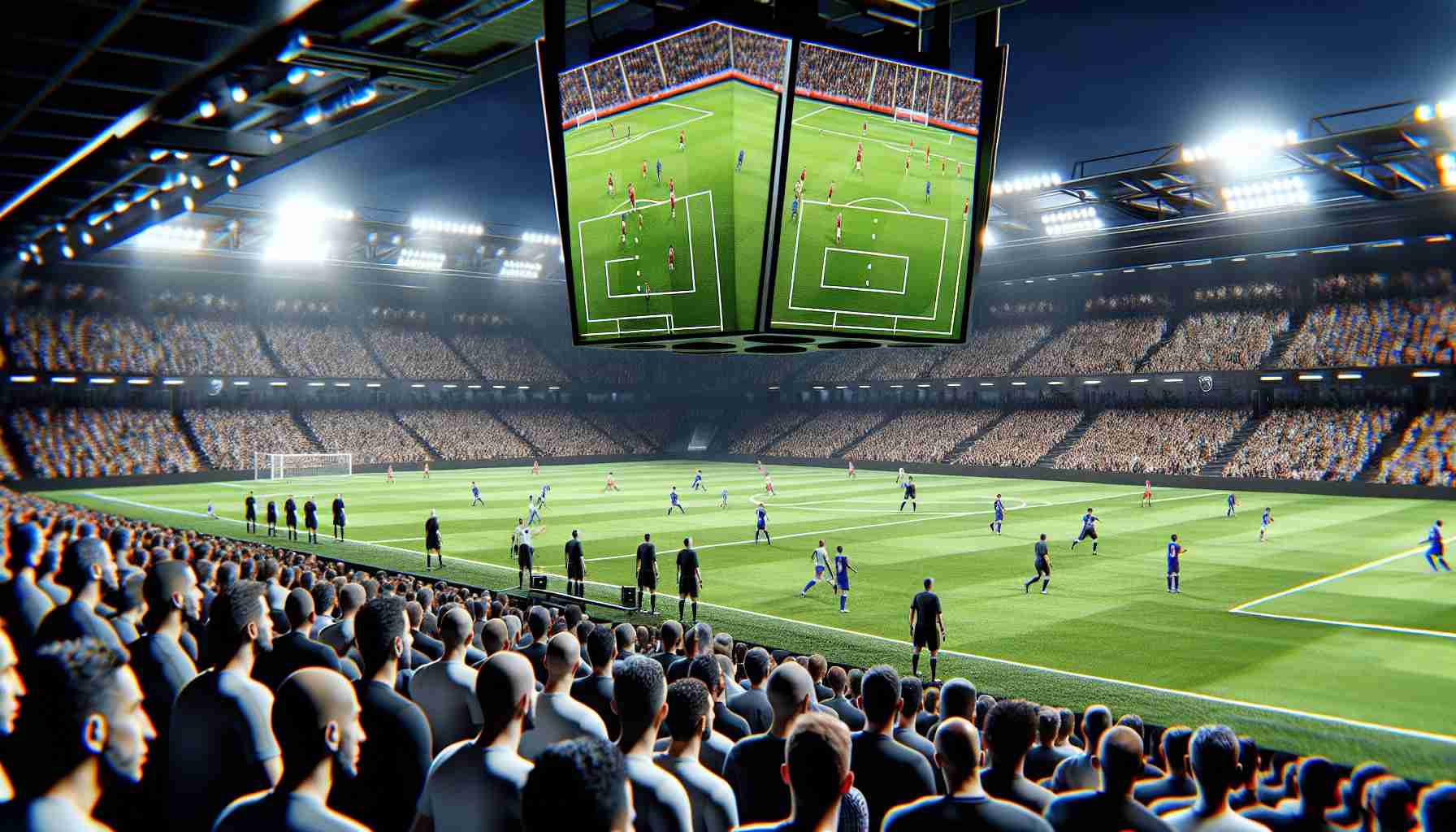The English Premier League (EPL) is set to enhance its Video Assistant Referee (VAR) system for the upcoming season. Introduced in 2019, VAR aimed to reduce the number of incorrect officiating decisions, including issues surrounding offside calls; however, it has faced significant criticism since its inception.
Decisions made by referees are scrutinized in real time by officials based at Stockley Park, located in West London. These specialists provide feedback to the on-field referees to improve the accuracy of their calls. The EPL reports that correct decisions have increased notably from 82% to approximately 96% with the assistance of VAR.
Despite these advancements, one of the main complaints has been the lengthy wait times for decisions. To address this, the league plans to introduce semi-automated offside technology (SAOT), which leverages artificial intelligence to improve decision-making speed. This system has previously been utilized in high-stakes tournaments such as the Qatar 2022 World Cup.
The semi-automated technology can expedite offside rulings potentially by up to 31 seconds, providing a clearer visual representation of offside calls that benefits viewers at home.
As the EPL gears up for its 2024 rollout of this innovation, the league’s football director acknowledges that while VAR may never achieve perfection, improvements are expected to enhance the overall experience for fans and players alike. Many supporters express optimism about VAR’s potential if these enhancements come to fruition.
Innovations in VAR Technology for Premier League Football: Enhancements Beyond the Basics
The implementation of Video Assistant Referee (VAR) technology in the English Premier League (EPL) since 2019 has sparked widespread discussions about officiating standards in football. As the league prepares to adopt advanced innovations for the upcoming season, crucial questions about the enhancements, controversies, and possible implications arise.
What Are the Essential Innovations Coming with VAR Technology?
One of the key innovations to be introduced is the integration of multi-camera systems that utilize advanced tracking technology. This system is designed to provide a more nuanced view of player positions, enhancing the accuracy of offside calls. Unlike traditional VAR setups, this approach deploys additional cameras around the pitch, allowing for a more comprehensive analysis of play.
How Will These Innovations Impact Officiating?
The expected upgrade to semi-automated offside technology (SAOT) is anticipated to reduce the time taken for decisions, but it also raises questions about the system’s reliability. Critics argue that relying heavily on technology may still lead to contentious decisions, which can be emotionally charged in high-stakes environments like the EPL.
What Are the Key Challenges and Controversies?
The main controversies surrounding VAR technology include the perception of an impersonal officiating experience and the potential for alienating fans. Many supporters claim that technology has removed the human element from the game, causing frustration during matches due to delayed rulings and ambiguous decisions. Moreover, concerns about whether technology can genuinely reduce errors without introducing new complexities continue to be debated among fans, players, and analysts alike.
Advantages of Enhanced VAR Technology
1. Improved Decision Accuracy: The introduction of multi-camera systems and AI-driven analysis can enhance decision-making accuracy, leading to fewer mistakes on the pitch.
2. Faster Decisions: Innovations like the semi-automated offside technology promise quicker rulings, maintaining the flow of the game and reducing viewer frustration.
3. Clear Communication: Enhanced graphics and visual representations for explaining decisions on-screen can aid understanding among fans, aligning perceptions with the referee’s decisions.
Disadvantages of Enhanced VAR Technology
1. Technological Dependence: Increasing reliance on technology may distract referees from their intuitive expertise, leading to inconsistencies in officiating.
2. Potential for Confusion: Complex interpretations of technology-driven decisions might confuse fans and players, resulting in further disputes.
3. Disruption of Game Flow: Despite advancements, any delay in decision-making can disrupt the game’s tempo and diminish its excitement.
In Conclusion
As the EPL prepares for the roll-out of enhanced VAR technologies, the balance between accuracy and the essence of the game will be tested. Innovations like multi-camera systems and faster offside decision-making could transform officiating standards, but concerns about the human touch in football remain. Continued dialogue among stakeholders will be crucial in navigating these advancements effectively.
For further information about VAR in football, visit Premier League.

















